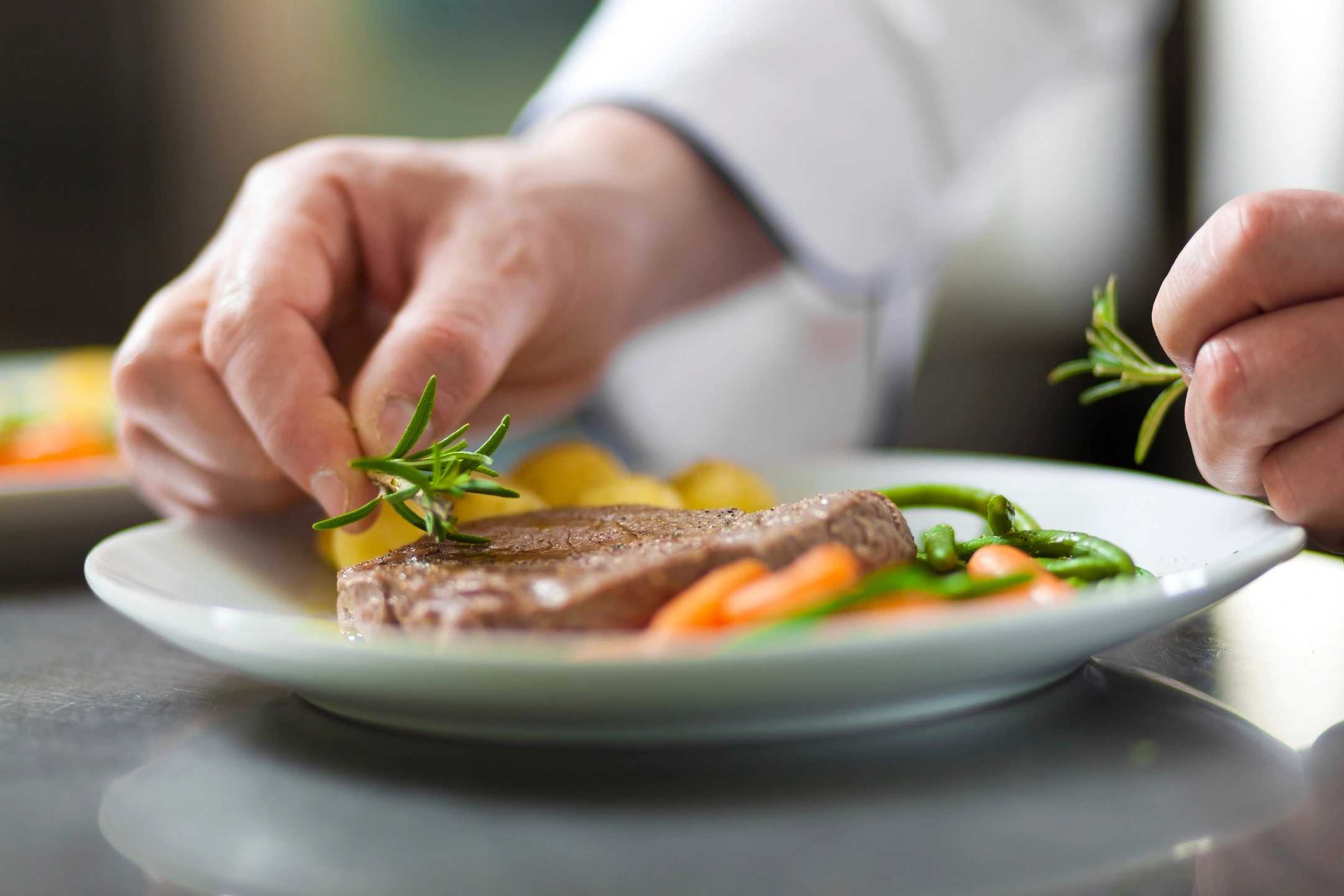The cup runneth over for Ewen Bell as he explores the intricacies and ceremonies of the world’s favourite drink, from oolong and medicinal leaves to a pot of Iron Buddha
‘There’s a Chinese legend about getting drunk from drinking too much tea, but I’d need a bigger cup before that happens’
WHERE but Hong Kong can you experience the joys of Mountain Jade, Golden Snow Monkey and Amber Dragon Silver Tip?
They’re not tai-chi moves, they’re varieties of tea.
Chinese culture and the English language have clashed for more than a century to yield a city of six million tea-drinkers and colourful names for delicate flavours.
The words “yum cha” literally mean “with tea”, which is how everything in Hong Kong is served . . . including the hotel rooms.
Within minutes of checking in to my suite at the Kowloon Shangri-La Hotel, I was presented with a carefully cho-sen grade of loose-leaf tea and a tall ceramic teapot in a picnic basket. I sipped from a very small cup and enjoyed the view of ferries criss-crossing the harbour.
Then I headed over to Hong Kong Island and the Museum of Tea Wares, which features a fine display of ceramics and culture from the Tang, Song and Ming dynasties.
It’s also home to the Lock Cha Tea Shop, where visitors can enjoy free classes on the art of tea, often held by the engaging owner, Mr Ip. The subtle differences between blends of green, oolong and black tea become apparent after an hour-long session of tasting and talking.
Tea offers more than just flavour, it offers health. Imbibing the heady brew of medicinal tea offered by Good Spring Company, at the corner of Stanley and Cochrane streets on Hong Kong Island, has been a popular ritual for residents since 1939.
If you can’t read the signage in Chinese, just look for the giant copper urns and long queues of locals.
One urn is filled with a regular chrysanthemum tea of pure flowers steeped in hot water, and the other urn has a se-cret mix of medicinal herbs that can be taken daily to promote good health.
I saw several monks ordering their takeaway herbals.
Not even monks can live on tea alone, so the Cantonese invented the “dim sum” breakfast. The phrase translates into “little hearts” of delicate dumplings that hide savoury delights within.
My favourite indulgence is not steamed or fried, but steeped in a pot of hot water at Ming Court, the flagship res-taurant at Langham Place on the Kowloon side of the harbour.
Its tea menu is almost as long as the list of dim sum. Of particular note is the Iron Buddha, fabled among the Chi-nese for being hand-picked leaf by leaf on a steep mountainside in Fujian province.
Visiting Ming Court for lunch has the added benefit of putting you right in the heart of Mongkok mayhem as the district’s street markets kick into gear. In contrast to the elegant environs of Langham Place, the laneways and thor-oughfares of Mongkok transform daily into a frenzy of cheap goods and local shoppers.
About the only item you won’t find in Mongkok is tea. For that, I went across the harbour to Hong Kong Island and the district of Sheung Wan, a bargain-hunters’ paradise of jade, pottery and all things tea. The traditions of century-old teahouses have given way to modern tea-sellers — instead of dim sum and a pot of hot tea, they just sell the leaves and a range of wares for brewing your own cup.
I started my tea trail at the Cat St trinket markets, a neighbourhood studded with tiny shops selling tiny teapots and even tinier teacups — about the size of a shot glass.
There’s a Chinese legend about getting drunk from drinking too much tea, but I’d need a bigger cup before that happened.
The shelves of the tea shops are decorated with ornate fine china styled with motifs of dragons, goldfish and the wise figure of Luk Yu. This eighth-century poet documented his passion for the cultivation and culture of tea, his status among centuries of Chinese connoisseurs reaching the realms of deity. An afternoon of shopping in Sheung Wan left me ready to relax and take the weight off my feet.
A short walk from the Star Ferry Terminal at Victoria Harbour is the Peninsula Hotel, where the service at after-noon tea could hardly be better if Queen Elizabeth visited daily.
The best cup of tea at the Peninsula is not the Earl Grey with cucumber sandwiches, but the one you get upstairs while waiting for a massage treatment at the Peninsula Spa.
What cup of tea wouldn’t be remembered fondly when you’re immersed in a world of sandstone and silk, awaiting the skilled hands of Hong Kong’s best masseurs?
